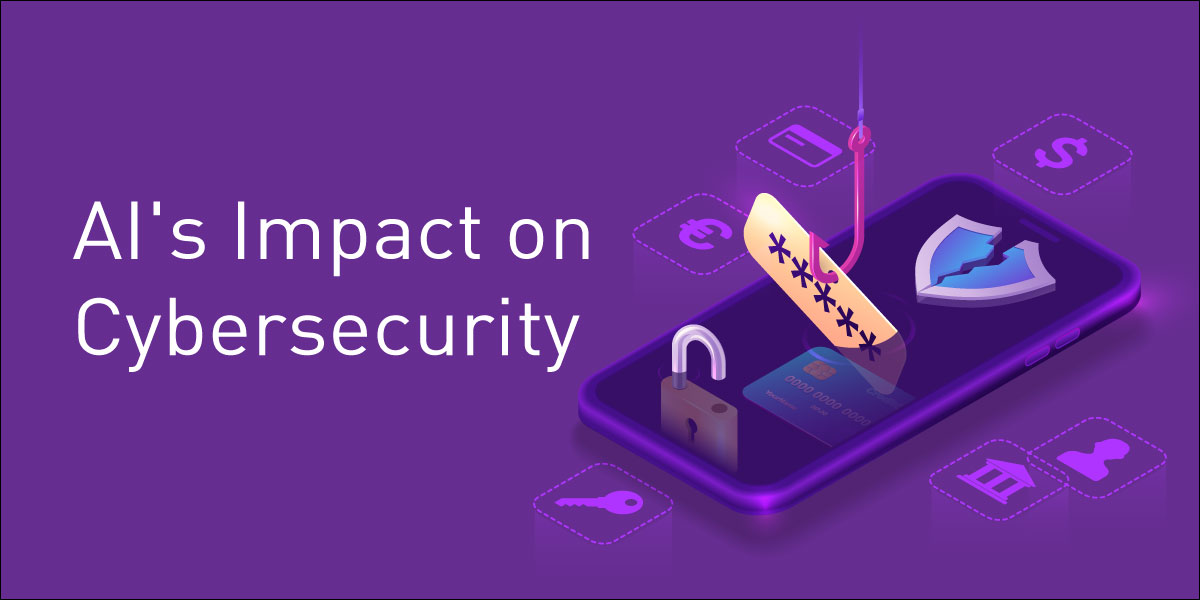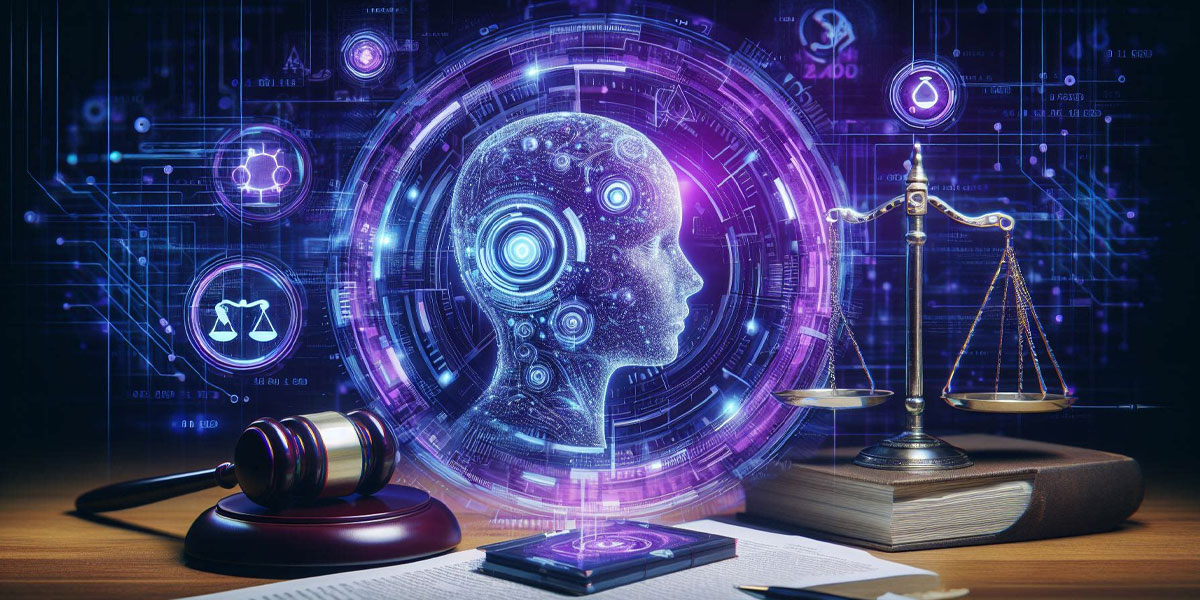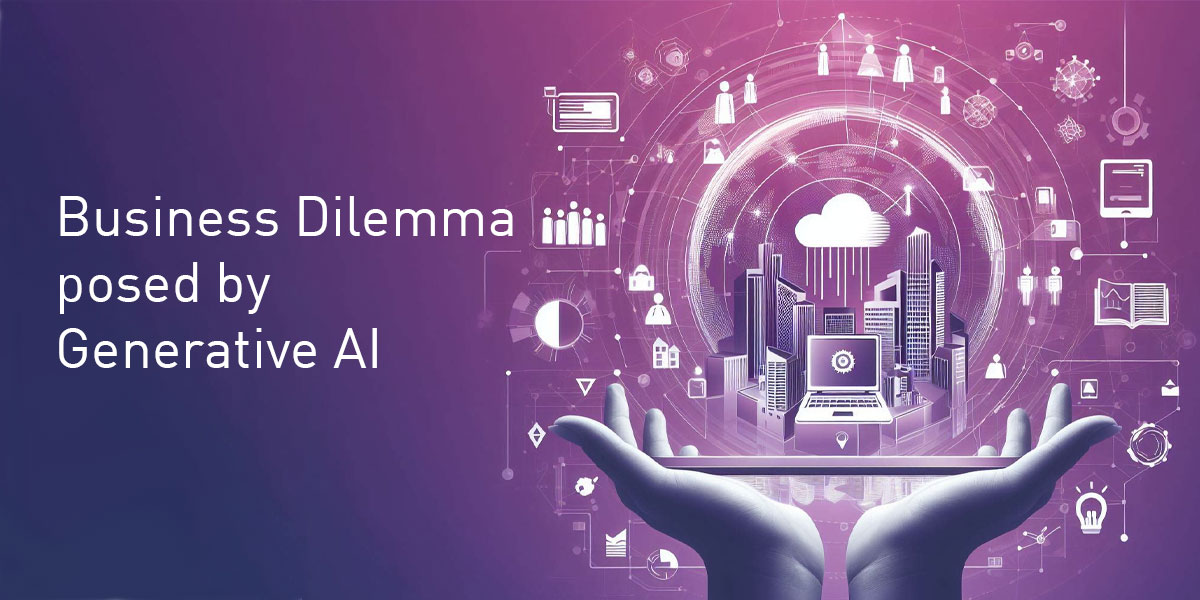Necessary cookies are absolutely essential for the website to function properly. These cookies ensure basic functionalities and security features of the website, anonymously.

AI's Impact on Cybersecurity
The digital age is witnessing an unprecedented convergence of artificial intelligence (AI) and cybersecurity, marking a pivotal moment in the ongoing battle between cyber defenders and attackers. The National Cyber Security Centre's (NCSC) stark warning about AI-enhanced cyber threats is a testament to the complexity and urgency of this evolving battlefield. It's crucial to understand the mechanisms through which AI is bolstering cyber threats and the collective response needed to protect our digital future.
The Rise of AI-Enhanced Security Threats
The advent of AI in cyber attacks represents a significant shift in the dynamics of digital threats. The NCSC's insights reveal a future where AI-generated malware can bypass existing security measures using large databases of information on system weaknesses to develop advanced attack methods. This development isn't just a theoretical risk; it's an imminent reality, with the most advanced AI-driven cyber attacks expected to surface in the coming years. The implications for vulnerable devices and the swift analysis of exfiltrated data underscore a pressing need for an evolved cybersecurity posture.
Generative AI: A Double-Edged Sword
The spread of generative-AI-as-a-service on the cybercrime underground amplifies the accessibility of advanced cyber attack capabilities. This democratisation of technology allows individuals, irrespective of their technical prowess, to launch sophisticated attacks, significantly lowering the barrier to entry for cybercrime. The ethical and regulatory dilemmas posed by such advancements demand a global dialogue on governance frameworks, aiming to strike a balance between fostering innovation and preventing the misuse of AI technologies.
The Escalating Threat of AI-Driven Ransomware
The integration of artificial intelligence (AI) into ransomware operations represents a shift in the landscape of cyber threats. This transformation is not merely about the increased efficiency or sophistication of attacks but heralds the emergence of ransomware that is dynamic, adaptable and capable of executing campaigns with a precision and personalisation previously unimaginable.

AI-driven ransomware signifies a departure from traditional, one-size-fits-all attacks. Through the utilisation of AI and machine learning algorithms, cybercriminals can now tailor their ransomware to exploit specific vulnerabilities within targeted systems. This capability allows for the customisation of ransomware payloads based on real-time analysis of the victim's network, ensuring that the attack has the highest likelihood of success.
AI enhances the ability of ransomware to evade detection. By learning from the defensive measures it encounters, AI-powered ransomware can modify its code on the fly, presenting a moving target that is significantly more challenging for traditional security tools to detect and neutralise. This adaptability means that the ransomware can persist within a system for longer periods, maximising the potential for damage and increasing the pressure on victims to pay the ransom.
In response to these advanced threats, cybersecurity defences must evolve. Traditional reactive approaches are no longer sufficient. Instead, organisations must adopt proactive strategies that leverage AI and machine learning to predict potential ransomware attacks and prevent them before they occur. This includes deploying AI-driven security solutions that can adapt to new threats, conducting continuous monitoring of networks for signs of unusual activity and implementing robust backup and disaster recovery plans to mitigate the impact of successful attacks.
Phishing in the Age of AI
The evolution of phishing in the age of AI marks a significant turning point in the cybersecurity landscape. Traditional phishing attacks, while still prevalent, have morphed into far more sophisticated schemes with the integration of AI technologies. This shift is not merely a matter of enhanced mimicry; it signifies a fundamental change in how attackers approach it.

Phishing attacks have historically relied on social engineering techniques to deceive individuals into divulging sensitive information or executing malicious actions. However, AI introduces a new level of personalisation and context-awareness to these attacks. AI algorithms, trained on vast datasets of personal and corporate communication patterns, can generate phishing emails or messages that are indistinguishable from legitimate communications. These AI-powered attacks can tailor content based on the victim's personal history, preferences and even recent activities, making them incredibly difficult to detect.
The advent of deepfake technology, powered by AI, adds another layer of complexity to phishing attacks. Cybercriminals can now create highly convincing audio and video clips that mimic the voices and likenesses of trusted individuals, such as corporate executives or public figures. This capability not only enhances the effectiveness of phishing campaigns but also expands the scope of potential targets to include high-profile individuals and decision-makers within organisations.
The implications of AI-enhanced phishing for cybersecurity awareness and training are profound. Traditional training methods, which often rely on teaching users to recognise static signs of phishing attempts, may no longer be adequate. In response, there's a growing need for adaptive training platforms that leverage AI themselves to simulate the latest phishing tactics. These platforms can provide real-time, scenario-based training that evolves in tandem with the threats, enabling users to experience and react to simulated AI-driven phishing attempts in a controlled environment.
The Future Landscape of AI Threats
Looking ahead, the landscape of AI threats is characterised by an arms race between cyber attackers and defenders, with both sides leveraging AI to outmanoeuvre the other. The potential for AI-driven autonomous attacks raises profound questions about the nature of digital conflict and underscores the dual-use dilemma of AI in cybersecurity.
Actionable Steps for Businesses
To navigate this AI-enhanced threat landscape, businesses must adopt a multi-faceted strategy that integrates AI and machine learning in defence mechanisms while fostering a culture of security awareness. Engagement in threat intelligence-sharing networks and the development of ethical AI use guidelines within organisations are critical steps towards building a resilient cybersecurity posture.
In conclusion, the intersection of AI and cybersecurity presents both formidable challenges and significant opportunities. Embracing innovation, fostering international collaboration and adhering to ethical principles will be pivotal in shaping a secure and resilient digital future.






